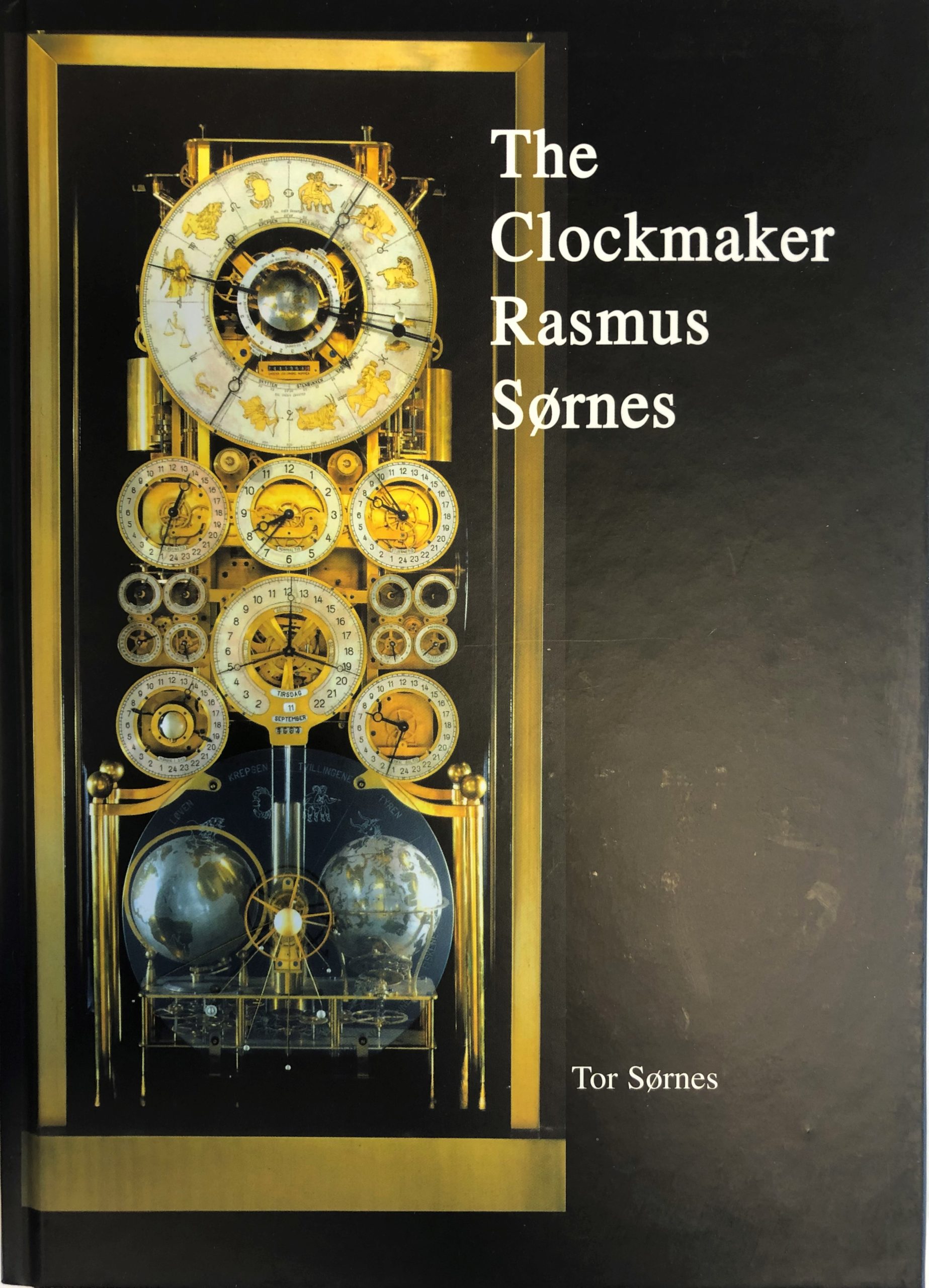

The dial is signed 'Wm.Clement (Londini Fecit)' - a maker to whom Britten gives some space. "The clock is 1689 with oval panels of floral marquetry on the door. Long case clock bequeathed by Major J H Selwyn Payne deceased Above this, mounted on a shaped bracket, is an adjuster, having a square section hook connected via a vertical screw thread to an engraved adjustment wheel.ĭescription and notes by Francis Brodie, c. The back cock has thin chops through which the suspension spring passes. Where present, wheel collets tend to be half round in profile arbors are non-parallel in section, tending to fatten towards their centres. Maintaining power is applied to the teeth of the centre wheel, the driving spring for this attached to the inside front plate. Going train with intermediate wheel, striking train with striking pin wheel carrying a large number of pins the hoop wheel with two spaces for locking. Six pillars of the finned form are riveted to the back plate and latched to the front. The count wheel with concentric lines turned on it, is located outside on the back plate. Movement: Brass and steel weight driven two-train movement, of month duration with count wheel (or locking plate) striking on bell, regulated by a long pendulum of one and a quarter second period. The dial feet are attached to the front plate of the movement with latched. The dial corners have cast brass, cherub head form spandrels. The date is indicated by Arabic numerals engraved on a silvered disc carried behind the dial. The main body of the dial has a matted centre with matted winding hole shutters with an engraved pattern, around the chamfered square calendar aperture located above six. Separate, silvered subsidiary seconds ring below twelve with Arabic numbers in multiples of fives but with 48 divisions. The inner portion of the chapter ring is engraved with hour and half-hour divisions. The minute chapter has divisions for each minute and Arabic numerals in every five. Silvered chapter ring with Roman hour numerals, arrowhead half-hour divisions. The bottom, below the chapter ring engraved Wm Clement Londini fecit.

The hour striking on a single bell is controlled by an externally mounted count wheel.ĭial: 10 inch square brass dial with leaf pattern engraving at the sides and top. Clement’s claim to this invention is surprising given his origins as an anchor smith and blacksmith. This is significant as Clement is one of three possible contenders, with the scientist Robert Hooke and the clockmaker Joseph Knibb, for the invention of the anchor escapement. The mechanism is weight-driven and has an anchor escapement, which may be a later replacement. The case is of oak veneered with walnut and the floral marquetry on the hood, the door and on the base is possibly inspired by Dutch marquetry. Clement was one of the earliest makers to apply the anchor escapement to clockwork, thus making the long pendulum practicable. He turned to clockmaking when he moved to Southwark and eventually became Master of the Clockmakers Company in 1694 he joined as a brother in 1677. Born at Rotherhithe, he initially made anchors for local shipbuilders.

William Clement (1638-1704) was a leading London clockmaker of the late 17th century.


 0 kommentar(er)
0 kommentar(er)
